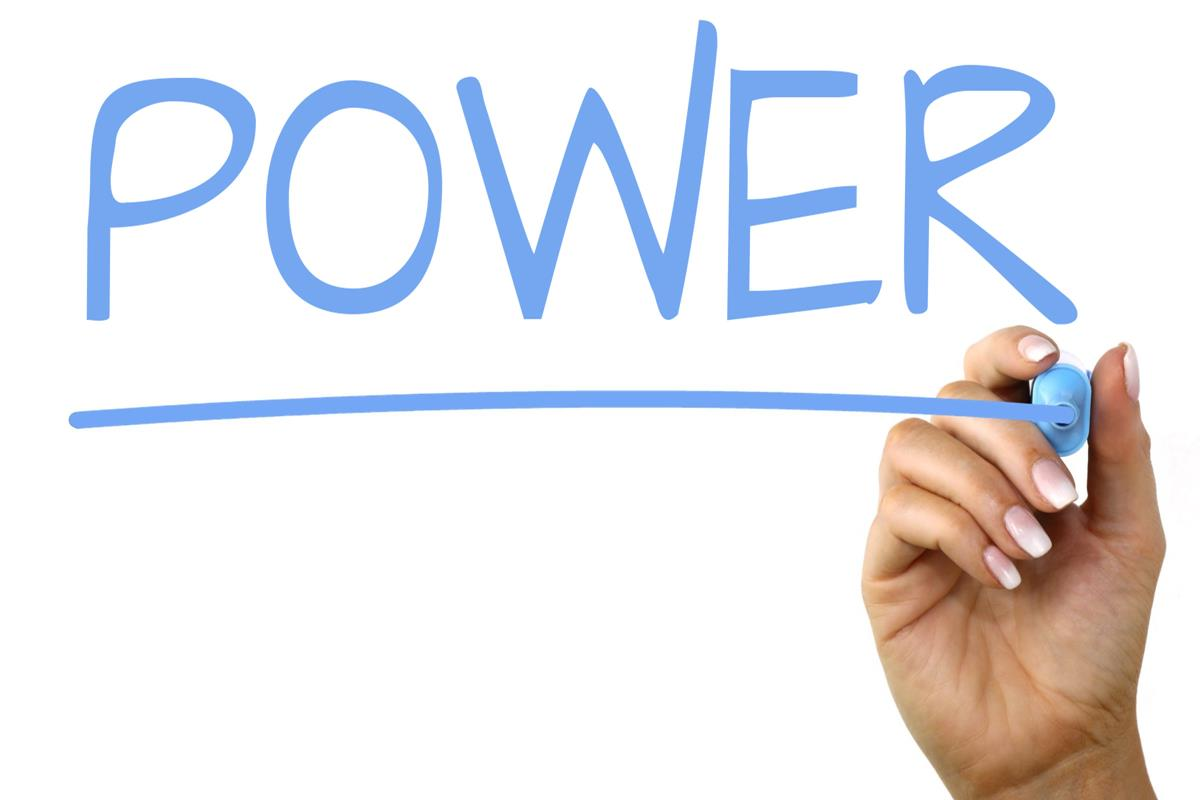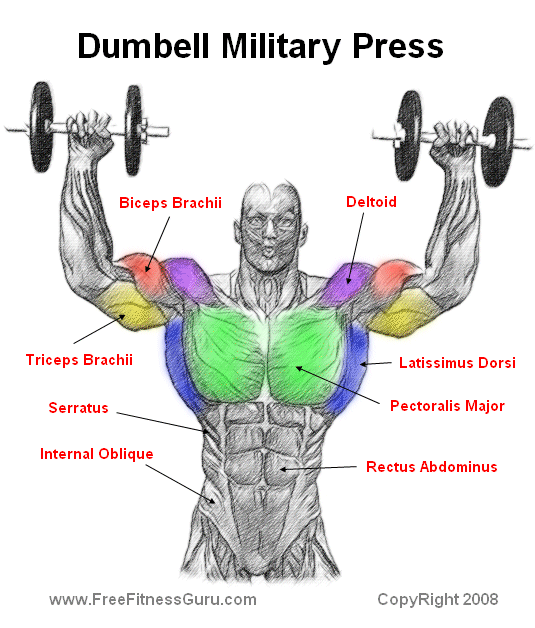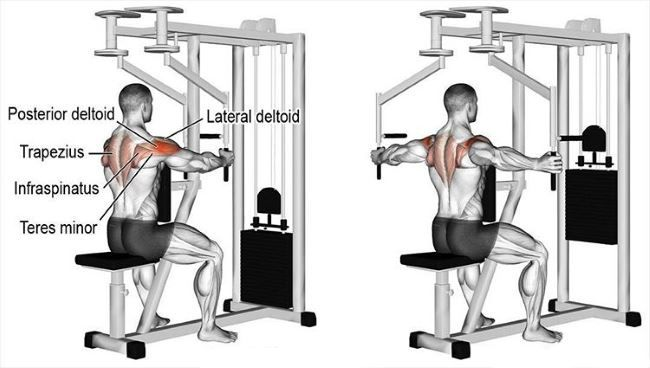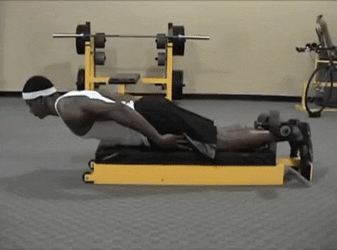

A quick google searches and you can find lots of different articles, books, and videos on how to improve your vertical jump. There can be tons of useful information on how to improve your vertical jump and but at the same time, there can be tons of useless information in which it can become very confusing on what the right thing to do to improve your vertical training.
The goal of this article is not to claim that we in Proteinlab Malaysia have the best vertical training program as we are nowhere near to that level. The goal of this article is to provide some viewpoints and guidelines for the rest of us (regular working person), those who are interested in the long-term process of sports mastery, and the journey of taking on a dunk at your local basketball court.
This article's point of view will come from my (Kevinn.khoo) personal experience from various research I have done, compile, and place it into practice with various trail and error to achieving my personal vertical jump record to dunk journey with only the height of 172CM (5'7").
There are many ways to improve your jumping and it is not only limited to what I will say. But what is most important to remember at the end of the day, it is still basic physics. Increasing your vertical jump comes down to one simple concept. Increase your overall power-to-body weight ratio. If you can do this, your upward jumping capability will scientifically have to increase. So firstly, we need to understand what is power and how to achieve it.
Below is a formula where I obtain from USA Basketball website.
What Is Power?
 Power = Force x Velocity
Power = Force x Velocity
When it comes to the vertical jump, Force is the maximum amount of strength that someone has and velocity is the maximum amount of speed someone has. If you increase your strength and your velocity (in ratio to your body weight), then your vertical jump will improve. This is the general principle that millions of top athletes have followed. It is that simple!
What Is Strength?

The most effective way to measure your strength when it comes to the vertical jump is through exercises like the full Olympic back squat, front squat, powerlifting style squat, box squat, and dead lift. Increase the amount of weight you can lift in any of these exercises in comparison to your bodyweight and your vertical jump will increase.
What Is Velocity?

Velocity is the speed at which the vertical jump is done. The vertical jump is a very quick movement. On average, most vertical jumps happen around .2 seconds. Having quick velocity allows you to display your strength. Effective ways of increasing your velocity are exercises like depth jumps, shock jumps, broad jumps, and even just jumping.
Vertical training on weakness

By understating what is power, strength, and velocity, we can easily translate those understandings into our training. However, you need to understand one thing is that a mixture of exercise is also particularly important. Often athletes swear by this or that exercise, or exercise sequence, in regards to their athletic ability.
The truth is that there is a window of time each training will be effective in providing a significant short-term boost to vertical jumping ability, largely due to the skill improvement that the particular exercise delivered to the athlete’s jump technique. Once the skill improvement is transferred, there isn’t as great of a need to keep introducing the exercise in such a volume during the rest of your life.
For example, as far as speed training is concerned, a lot of coaches have found that the barbell hip thrust is a fantastic way to get an athlete’s glutes up to speed in terms of activation and pelvic posture, but once they have brought an athlete to the relevant activation level, bringing their max from 600lbs to 650lbs by a continual focus of the same exercise is probably a waste of time with minimal improvement. With the new level of activation gained from hip thrusts, many of the other exercises that they do will help to maintain that improved strength and size of their posterior.
So if you notice you are weak in your jumping due to certain bodypart or area, below are some of the corresponding training skill where you can bring up to speed
Ankle Stiffness and Flexibility:
Jumping rope provides a rapid boost in ankle function and stiffness for an athlete who tends to live on their heels.
Jumping with 2 legs extremely weak compared with 1 legs:
Squatting provides a rapid boost in athletes who need to learn to apply forces for longer periods of time to the ground in two leg jumping. (Vertical jump height off of two legs is a stark contrast to one leg as the amount of time that an athlete can input force into the ground directly correlates with the final vertical velocity of the jump).
Lacking in quick liftoff ability:
Plyometrics provides a rapid boost in performance in athletes who lack stretch shortening cycle efficiency and general foot strength.
Leg Stability and 1 leg liftoff:
Pistol squats provide a rapid boost in leg stability and linking of the feet and hips which you can easily perform anywhere with your bodyweight. Bulgarian Squat is also another better alternative to improve your 1 leg liftoff and increase your leg stability. However, the drawback to this is that Bulgarian Squat is not easily performed in-home or outdoor.
Coordination for jumping power application:
Olympic lifting gives an immediate infusion of posture and coordination through triple extension of the hips, knees and ankles.
All the above workout will provide a rapid boost your vertical jump for a period of time, as they but in order to attain long-term progress, many of them will need to take a back seat to what is truly important. Clearly they should be kept in the program in some form, or rotated to prevent a lack of accommodation. Also, we know that a rotation of exercises that are very close to velocity and mechanics to the primary exercise are vital in long-term athletic improvement for motor learning and accommodation reasons, so strategic use of exercises will also rotate based on these needs.
Kevinn.Khoo Vertical Training Routine

My workout routine will be a good boost to balance out weakness and also focus on strength generation for beginner and advance vertical jumper and basketball player. Surely if you are a professional jumper you have had your own set of a training routine. But do feel free to try it if you want a new routine to spice things up. My vertical jump training primarily focuses on the lower body and posterior chain. However, we do target some upper body training which at the same time not only helps to slightly increase your vertical leap but at the same time assists on your basketball defense and power through.
This workout will be 8 training type split rotation.
1) You can do it every day or every other day with proper nutrition and supplementation for you to recover. (Beginner)
2)You can keep the day to the next split every single day with a day off in between if you are busy with work or school life and can't optimize recovery. (Beginner)
3) You can also do 2 training splits in a single day if you have the proper nutrition, muscle and joint recovery/protection supplementation stack, and the recovery ability to do so. (Advance)
Training 1:
 Trap-Bar Deadlift : 12 reps, 8 reps, 5 reps, 3 reps, 2 reps, 1 rep
Trap-Bar Deadlift : 12 reps, 8 reps, 5 reps, 3 reps, 2 reps, 1 rep
 Quads Extensions (Each Leg) : 20 reps x 3 Sets
Quads Extensions (Each Leg) : 20 reps x 3 Sets
Training 2:
 Dumbbell Military Press : 16 reps, 12 reps, 10 reps, 8 reps, 6 reps
Dumbbell Military Press : 16 reps, 12 reps, 10 reps, 8 reps, 6 reps
 Front Raise : 20 reps, 20 reps, 12 reps, 12 reps
Front Raise : 20 reps, 20 reps, 12 reps, 12 reps
 Reverse Machine Flys : 20 reps, 15 reps, 15 reps
Reverse Machine Flys : 20 reps, 15 reps, 15 reps
Training 3:

Box Squat : 12 reps, 10 reps, 8 reps, 6 reps, 4 reps, 2 reps
Depth Jump : 6 reps, 4 reps, 4 reps, 2 reps, 2 reps
Training 4:
 Leg Raise : 15 reps, 15 reps, 15 reps, 15 reps
Leg Raise : 15 reps, 15 reps, 15 reps, 15 reps
 Machine Abs Crunch : 20 reps, 15 reps, 12 reps, 10 reps
Machine Abs Crunch : 20 reps, 15 reps, 12 reps, 10 reps
Leg Swipe : 16 reps, 16 reps, 16 reps
Training 5:

Bench Press : 5 reps, 5 reps, 5 reps

Incline Bench Press : 8 reps, 8 reps

Barbell Row : 5 reps, 5 reps
Training 6:

Bulgarian Split Squats : 8 reps, 8 reps, 8 reps

Romanian Deadlifts : 10 reps, 8 reps, 6 reps, 3 reps
Training 7:

Smith Machine Standing Calves Raise : 20 reps, 16 reps, 12 reps, 10 reps, 8 reps

Biceps Curl (Barbell) : 12 reps, 12 reps, 12 reps, 12 reps, 12 reps
Training 8:

Glute Ham Raise : 10 reps, 10 reps
 Incline Close Grip Bench Press : 12 reps 12 reps, 12 reps
Incline Close Grip Bench Press : 12 reps 12 reps, 12 reps
Flexibility
Another very important factor when it comes to improving your vertical jump is flexibility. If you are not flexible enough, you will not be able to get into the proper position and go into the full range of motion when you jump. This will limit your vertical jump potential. As well, stretching will help prevent injuries. You can increase your flexibility and prevent injuries by doing dynamic and static stretching.
Nutrition and Supplementation:
Nutrition and supplementation is extremely important and it is plenty to read. Rather then cramping it all into this article, you may read it here in the link below:
Supplementation For Vertical Jump Training
